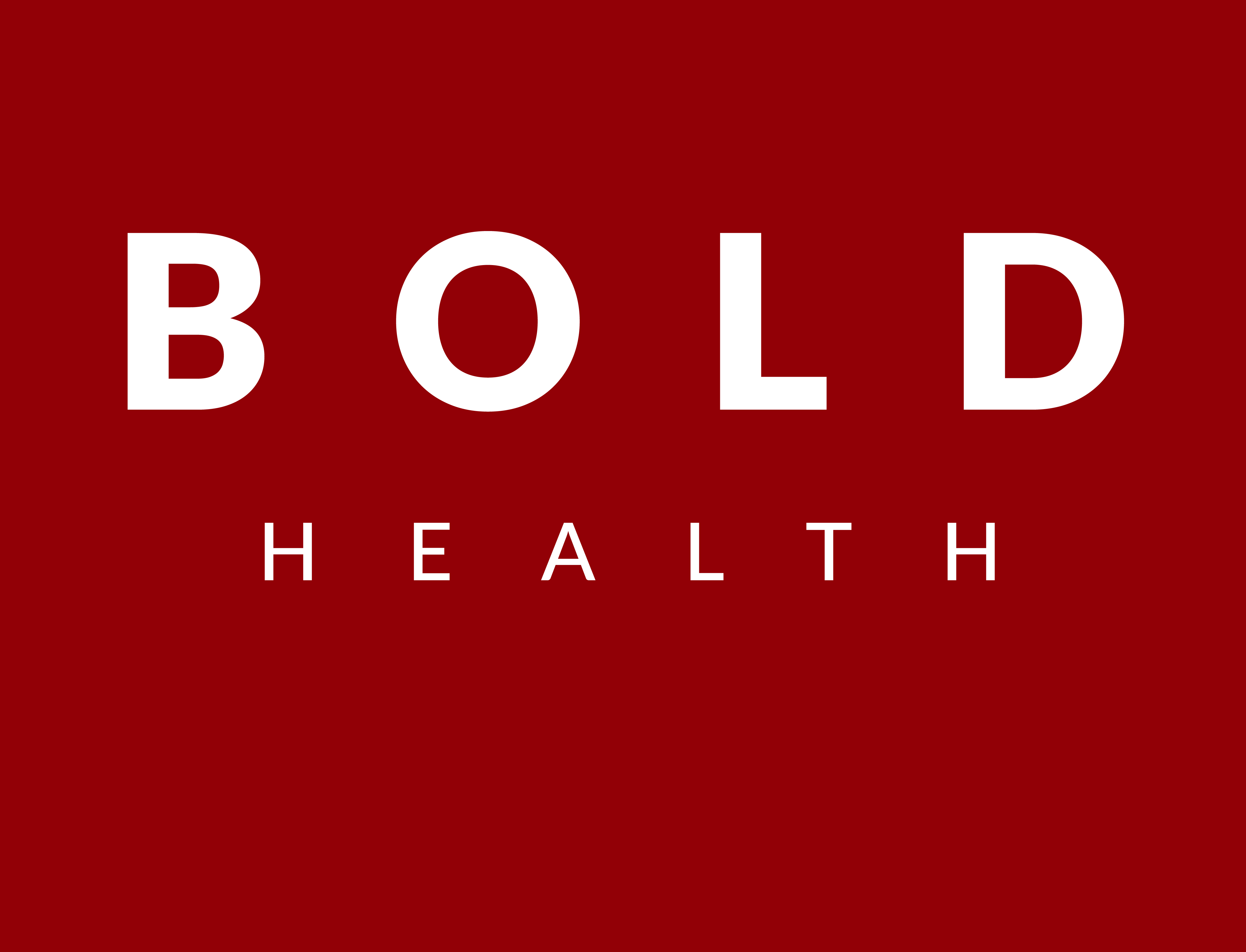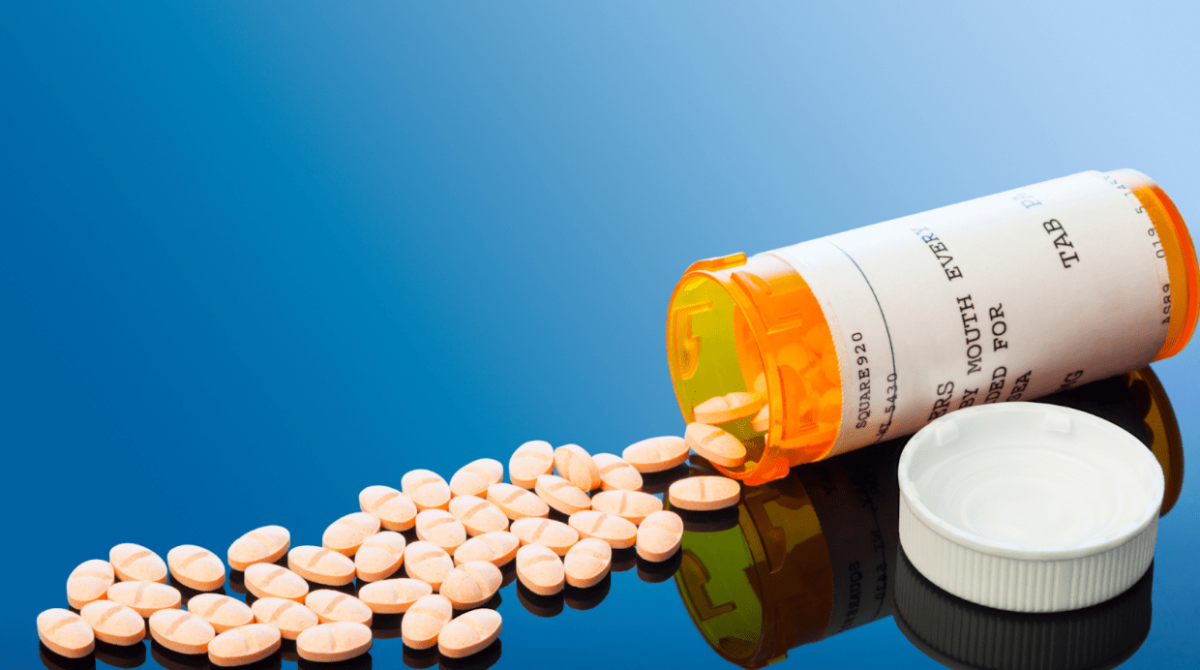

It’s no secret that the abuse of prescription drugs has been on the rise since the 1990s. The devastating consequences of the opioid and substance abuse epidemic affect families and communities across the country.
Although you most likely began taking prescription drugs to relieve pain following a medical procedure, opioids like Xanax, Valium, and Klonopin have the potential to become highly addictive. So even if you’re taking your doctor-prescribed medications innocently, you can easily find yourself addicted if you’re not careful.
Prescription Opioid Addiction: What It Looks Like and How to Get Help
The addiction and abuse of prescription drugs can sneak up on you and spiral quickly. Before you know it, you’ll find yourself experiencing intense cravings and terrible withdrawal symptoms.
As you build your tolerance, you’ll resort to taking more than prescribed and then doing anything to get your next fix. By the time you realize you’re abusing prescription drugs, you’ll feel hopeless and unsure of how to take back your life.
But understanding the facts about prescription drug abuse is a great first defense in the fight against addiction.
The Most Common Reason the Abuse of Prescription Drugs is On the Rise
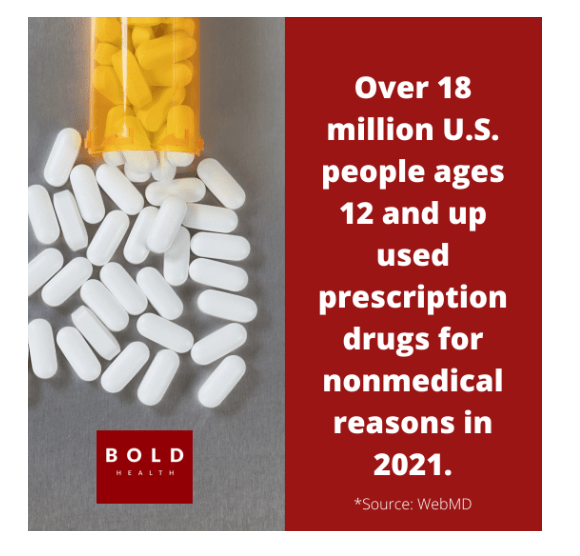
The most significant reason prescription drug abuse continues to rise is that they are so readily available. Since the 90s, doctors have written an increasing number of opioid prescriptions. The numbers increased from 76 million prescriptions in 1991 to 210 million in 2010.
The rise in stimulant prescriptions written between 1991 and 2010 is even more drastic. Those increased from 4 million in 1991 to an astounding 45 million in 2010.
If you’ve come to abuse prescription drugs, you’ve also likely become dependent on them, meaning your body craves them. So even when your prescription runs out, you’ll do anything to get them. Because they are prescribed so often, you can get them from family, friends, and co-workers by asking or, in some cases, stealing.
“Do I Have a Drinking Problem?” Fact Vs. Fiction
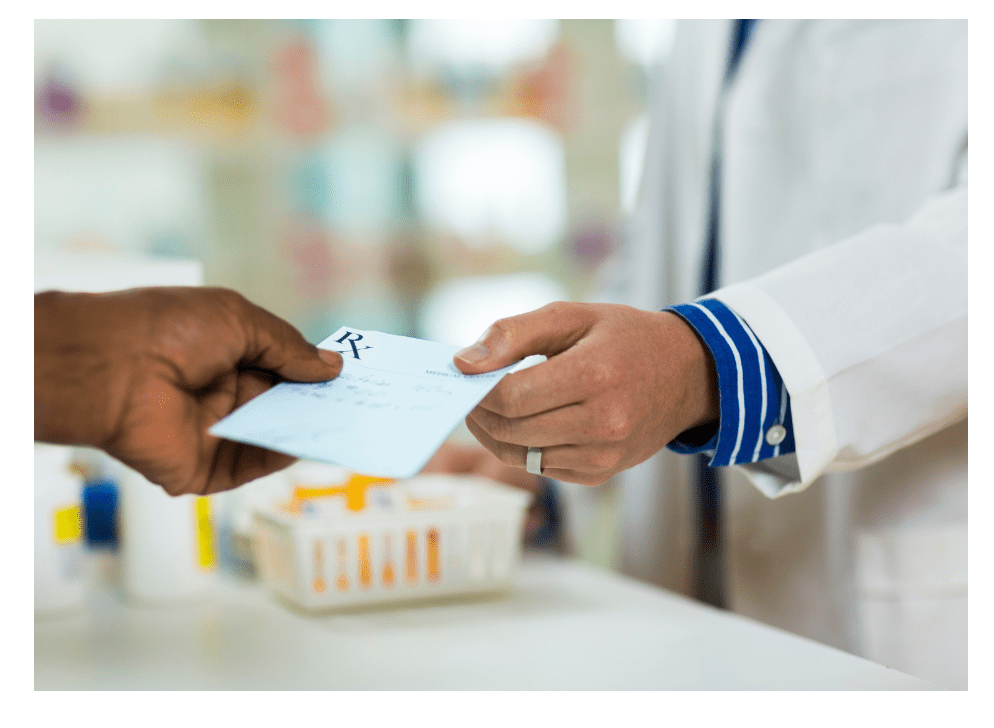
Are You at Risk for Becoming Addicted to Prescription Drugs?
No matter who you are, you’re at risk of developing a prescription drug addiction. It doesn’t discriminate based on age, sex, gender, race, or other demographics. That’s why it’s crucial to know and understand the facts about prescription drug abuse.
While prescription drug abuse can affect anyone, some risk factors could make you more susceptible.
- Age: If you are a young adult between the ages of 18 and 25, you’re more vulnerable to the abuse of prescription drugs for non-medical reasons. That’s because you’re more likely to experiment and succumb to peer influence.
- Other substance abuse issues: If you’ve ever struggled with addiction to any other substances like alcohol, tobacco, or recreational drugs, you’re more likely to abuse prescription drugs.
- Genes: Research shows that your genes play at least 50% of your likelihood of developing an addiction.
- Access: As stated earlier, prescription drug prescriptions are on the rise. That means they’re more readily available. If you or someone in your house has a prescription or lives in an area with a lot of drug abuse, you’re more at risk of addiction.
- Mental Illness: Opioids can help ease the distress you feel when you have a mental illness. So even if you are prescribed opioids for another reason, you’re more likely to develop an addiction if you have another mental illness.
Top Warning Signs of Prescription Opioid Abuse
Adults and teens of all ages abuse prescription drugs for many reasons. Some of the most common reasons are to:
- feel good or get high
- relieve tension or get into a relaxed state
- reduce appetite
- increase alertness
- experiment
- prevent withdrawal
- give in to peer influence
- improve their concentration
- enhance academic or work performance
So while you may have received a prescription from your doctor, if you find it aids in achieving any of the above, you’re in dangerous waters. Addiction is just around the corner.
The 4 Stages of Addiction: What to Look For
Warning Signs of Prescription Drug Abuse
You may not even realize you’ve become addicted to prescription drugs before it’s too late.
The most common warning signs of an addiction include:
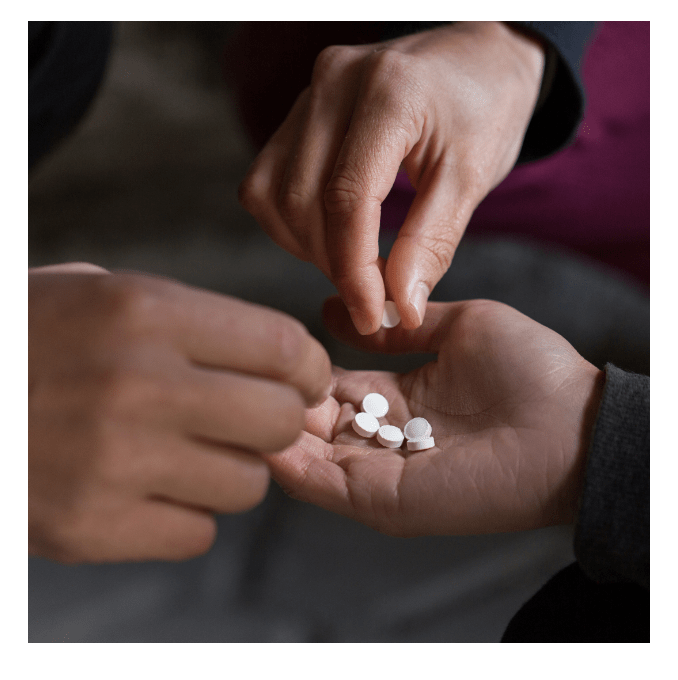
- inability to quit no matter how hard you try
- increase in tolerance to achieve the same desired effect
- continued opioid use despite negative consequences
- injecting, snorting, crushing, or smoking opioids
- buying prescription drugs or opioids on the street
- feeling ill (withdrawal) when stopping usage suddenly
- searching for multiple physicians for prescriptions
- running out of prescription medications early
- becoming obsessed with when you’ll get your next fix
If you’ve experienced any of these, it’s crucial you seek prescription drug or opiate treatment in San Diego immediately. (Or wherever you’re located.)
How to Overcome an Addiction to Xanax and Other Benzos
Finding the Best Drug for Opiate Addiction Treatment in San Diego
The abuse of prescription drugs is a serious mental health concern that requires professional help and guidance. One of the most effective treatments for addiction is to enroll in a San Diego IOP.
At BOLD Health in Encinitas, CA, we run a comprehensive, intensive outpatient program with proven results. Our holistic approach includes science-based treatment methods tailored to your individual needs. After your initial assessment, our team of skilled clinicians will curate the ideal San Diego IOP program for you.
Your treatment may include a combination of the following:
- individual therapy
- group therapy
- family therapy
- outpatient detox
- medication management
Why an IOP After Inpatient Treatment is the Right Move
And when we say your opiate addiction treatment in San Diego is customized to you, we mean it. We take the time to get to know and understand the genetic, biological, and historical underpinnings that led you to our door. So your treatment plan is yours, and yours alone.
When participating in our intensive outpatient program, your schedule is more flexible. You don’t have to live with the same restrictions as those receiving addiction treatment at an inpatient facility. Our San Diego IOP will fit into your schedule easily, as we’ll tailor it to your work and home schedule.
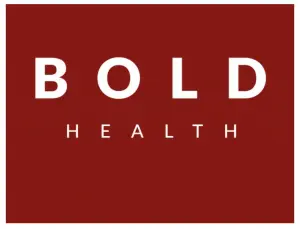
Cut the ties to prescription drug abuse and take back your life. Allow our dedicated staff to get to the roots of your addiction through our San Diego IOP treatment process. BOLDly begin your path to recovery by contacting our support team today.


